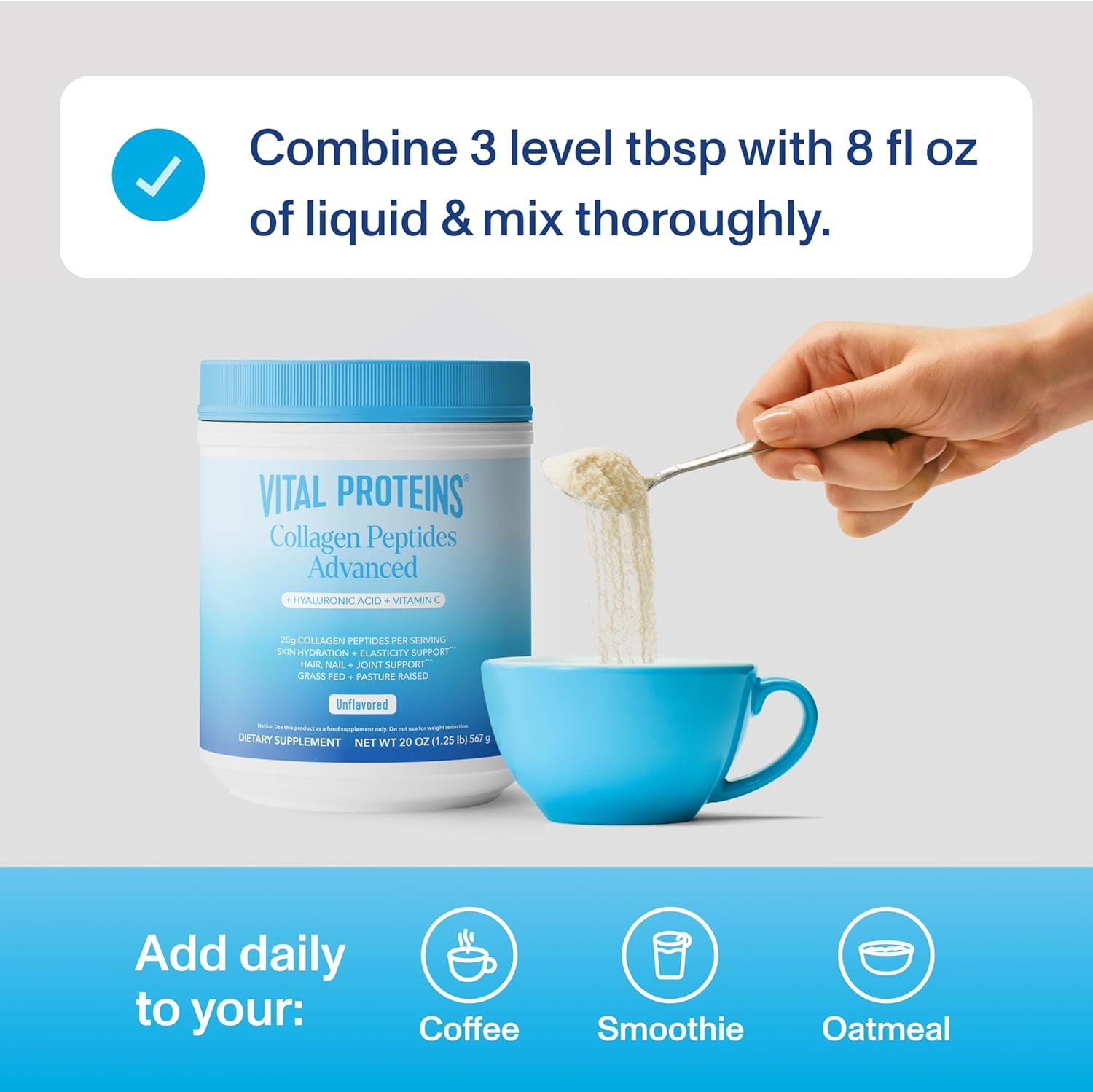30-day mobility and strength-building programs for older women.
Move It or Lose It: The Science and Secrets of Mobility for Seniors
Aging gracefully is all about staying active—because let’s face it, no one wants to be stuck on the sidelines while life keeps marching on. Mobility, that magical ability to move easily and freely, is one of the key ingredients for independence, confidence, and a life full of adventures (or at least stress-free grocery shopping).
If the idea of improving mobility feels like climbing Mount Everest, don’t worry. With a dash of humor, a sprinkle of science, and a 30-day game plan, you’ll be back to moving and grooving in no time. Let’s dive in!
Why Mobility Declines with Age: The Science Behind It
Aging affects your body like a slow-motion action scene—things creak, crackle, and occasionally refuse to work. Here’s why:
1. Loss of Muscle Mass (Sarcopenia)
Starting around age 30 (yes, that early!), we lose about 3–5% of muscle mass per decade. By the time we hit our golden years, our muscles can feel more like Jell-O than steel. Less muscle means less strength and stability, which can make everyday activities harder.
2. Stiff Joints and Cartilage Wear
Remember how your knees used to bounce back after a day of hiking? With age, the cartilage that cushions your joints wears down, making movements stiffer and less comfortable. The synovial fluid (aka joint lubricant) also declines, so everything feels like it needs some WD-40.
3. Bone Density Loss
Osteoporosis and bone thinning are common as estrogen levels drop (thanks, menopause!). This makes bones more fragile, but weight-bearing exercises can help strengthen them.
4. Balance Takes a Hit
The vestibular system (your body’s internal gyroscope) becomes less effective with age. Combined with muscle and joint changes, balance can feel like trying to stand on a wobbling paddleboard.
Why Mobility Matters: The Fountain of Youth
Mobility is more than just getting from point A to B—it’s the secret sauce for independence and quality of life. Here’s why staying mobile is non-negotiable:
Prevents Falls: Strong muscles and stable joints = fewer trips to the floor.
Boosts Confidence: Being able to move freely means saying “yes” to life’s invitations, from dancing at weddings to chasing grandkids.
Supports Longevity: Studies show that mobility is a key predictor of lifespan. If you can get up out of a chair with ease, you’re already winning.
Enhances Mental Health: Movement releases endorphins, those magical mood-boosting chemicals. Goodbye, grumpiness; hello, happiness.
The Right Exercises for Senior Women: Move Smart, Move Often
The best exercises for older women are gentle, effective, and focused on maintaining strength, flexibility, and balance. Here’s what to include in your routine:
1. Strength Training
Why: Builds muscle, strengthens bones, and keeps your metabolism humming.
Examples: Bodyweight squats, resistance band exercises, light dumbbell curls.
Pro Tip: Start with light weights and focus on form—no one needs a gym injury when we’re here to build strength!
2. Flexibility and Stretching
Why: Keeps your joints limber and reduces stiffness.
Examples: Yoga, seated stretches, or the classic hamstring stretch.
Pro Tip: Stretch gently—this isn’t a gymnastics competition!
3. Balance Training
Why: Improves stability and reduces the risk of falls.
Examples: Standing on one foot, heel-to-toe walking, or tai chi.
Pro Tip: Hold onto a sturdy chair if you feel wobbly.
4. Cardiovascular Exercise
Why: Keeps your heart and lungs healthy, and improves endurance.
Examples: Brisk walking, swimming, or low-impact aerobics.
Pro Tip: Choose activities that make you smile—whether it’s dancing or gardening.
The 30-Day Mobility and Strength-Building Program for Senior Women
Here’s a simple, effective plan to improve mobility, strength, and overall fitness. You’ll need: comfortable clothes, water, a chair, light weights (or water bottles), and a can-do attitude.
Week 1: Start Small, Build Confidence
Daily Walk: 10 minutes at a comfortable pace.
Chair Squats: 3 sets of 10 (sit and stand from a chair).
Gentle Stretches: Hold each for 20 seconds—focus on hamstrings, shoulders, and calves.
Week 2: Add a Little Spice
Daily Walk: Increase to 15 minutes, adding a slight incline if possible.
Wall Push-Ups: 2 sets of 10 (lean against a wall and push back).
Balance Practice: Stand on one foot for 10 seconds, repeat on the other side (3 times).
Week 3: Turn Up the Volume
Daily Walk: 20 minutes at a brisker pace.
Resistance Band Rows: 2 sets of 10 (sit on a chair, pull band back like rowing).
Gentle Yoga: Add 10 minutes of simple poses like Cat-Cow and Child’s Pose.
Week 4: Stronger, More Confident You
Daily Walk: 25 minutes with intervals of faster walking (1-minute bursts).
Light Dumbbell Curls: 3 sets of 10 (or use water bottles).
Tai Chi or Dance: Try a short online video or class to mix things up.
Tips for Success
Listen to Your Body: Soreness is okay; sharp pain is not. Adjust as needed.
Stay Consistent: Even small, daily movements make a difference.
Hydrate: Water is your best workout buddy.
Celebrate Wins: Whether it’s walking farther or mastering a stretch, every victory counts.
Final Thoughts: Embrace the Movement
Mobility is freedom—it’s the key to a vibrant, independent life. The good news? It’s never too late to start. With a little effort, some humor, and a plan tailored to your body’s needs, you can build strength, flexibility, and confidence at any age.
So, grab those sneakers, stretch those arms, and get moving. After all, the best adventures are the ones you walk (or dance!) your way into. Here’s to strong legs, steady steps, and a life full of movement and joy!
Purchases made on this site may result in a commission.











